Dog breeds that have attacked the most people
Pets

Audio By Carbonatix
By Isabel Sepulveda, Stacker

Dog breeds that have attacked the most people
Scientists have been trying to figure out when and how dogs became man's best friend for years now, and recent studies suggest that wolves actually did it themselves. Becoming friendly with early humans who gave wolves access to their food made it easier for them to survive. This began the centuries-long friendship that humans share with their pets today. But the relationship isn't without conflict; more than 4.5 million Americans are bitten by dogs every year, and a little more than 800,000 of those bites are treated by medical professionals.
Among all of those bites, an increasing number have proven fatal in recent years. According to the most recent available data from the Centers for Disease Control and Prevention, dogs caused 96 deaths in 2023, compared to the 35 deaths that occurred five years earlier in 2018. Though the data has yet to come in for 2024, the year saw several high-profile attacks with lethal consequences, including the December death of a San Diego man who was mauled by his own dogs.
Any dog can bite, but some—especially larger, more powerful dogs—can inflict greater consequences when they do. Stacker looked at data collected by ANIMALS 24-7, which logs serious attacks by dog breed from September 1982 to December 31, 2018, to see what trends emerged in the most serious attacks. Only pure dog breeds with 10 or more attacks doing bodily harm were ranked, and any ties were broken by the number of deaths.
Dogs are routinely misidentified by sight, which can make finding exact numbers of attacks by breed difficult. These numbers are often used to label certain breeds as dangerous or vicious. Some cities and states have passed laws banning ownership of specific breeds because of these perceptions, though most animal welfare groups oppose such legislation. As our understanding of dogs expands, more people are recognizing that a dog's upbringing and training—not its breed—holds more influence over how a dog reacts in a moment of stress, fear, or anxiety.

#22. Plott hound
Attacks doing bodily harm (1982-2018): 10 (less than 1 per year)
Deaths (1982-2018): 0
The state dog of North Carolina, the Plott hound was bred by a family of German immigrants who used them to hunt bears in the mountains. The Plott has an instinct for hunting, but it also desires human companionship at the end of a long day. They're also protective of children they've been raised with, so Plotts are great for active families looking for a watchdog.

#21. Catahoula
Attacks doing bodily harm (1982-2018): 10 (less than 1 per year)
Deaths (1982-2018): 1
Louisiana born and bred, the Catahoula Leopard dog was first used by settlers to catch and manage wild hogs and cows. This working instinct is important to the breed, which always needs something to do, and they're independent and assertive dogs who will defend themselves if mistreated. An ideal environment would pair the Catahoula with an experienced owner in a place like a ranch or a farm, anywhere with lots of space and a job to do.

#20. Australian shepherd
Attacks doing bodily harm (1982-2018): 14 (less than 1 per year)
Deaths (1982-2018): 0
Australian shepherds are one of the most intelligent breeds, requiring constant mental stimulation alongside their daily exercise. That intelligence makes them great at search and rescue, drug detection, and service jobs, and they've long been a part of America's cowboy culture. They herd by nipping at livestock's heels and might do the same to children and other pets before they're trained.

#19. Golden retriever
Attacks doing bodily harm (1982-2018): 15 (less than 1 per year)
Deaths (1982-2018): 3
Golden retrievers are even-tempered, energetic, friendly with everyone, and easy to train, making them a perfect family pet. They've been one of the most popular dog breeds in America since they were introduced around the early 1900s, but they didn't really take off until Gerald Ford's golden retriever Liberty occupied the White House in the 1970s.

#18. Saint Bernard
Attacks doing bodily harm (1982-2018): 16 (less than 1 per year)
Deaths (1982-2018): 1
A group of monks in the Alps bred Saint Bernards to rescue travelers in the dangerous mountains near their monastery, saving over 2,000 lives since the 18th century. These affectionate, relaxed, and friendly dogs still deserve their saintlike reputation and are perfect for families, as long as you don't mind cleaning up their excessive amounts of drool.
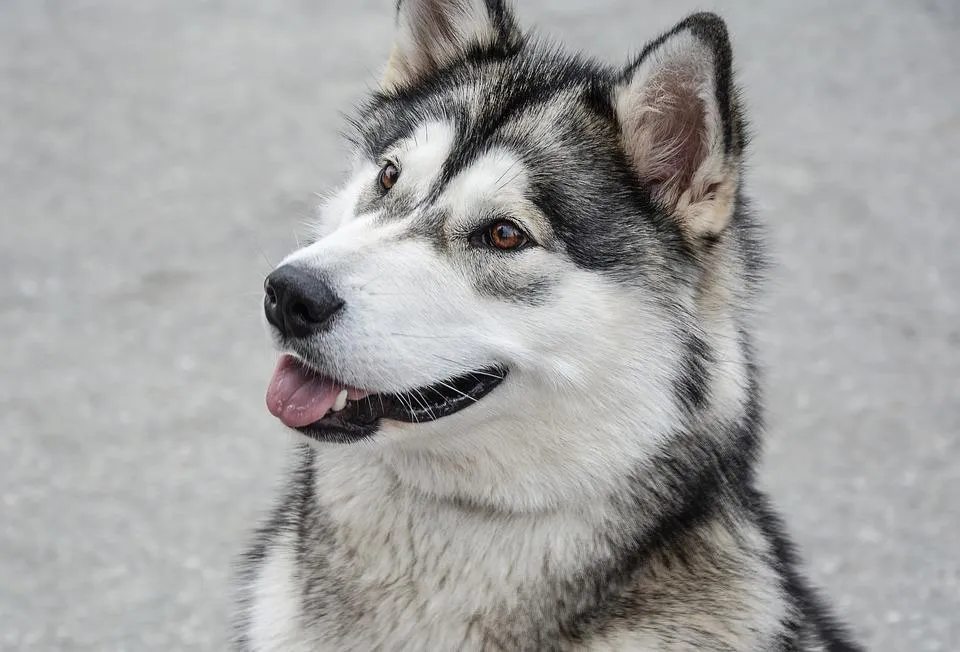
#17. Malamute
Attacks doing bodily harm (1982-2018): 18 (less than 1 per year)
Deaths (1982-2018): 7
Malamutes look like Siberian Huskies, and much like their close cousins, this breed is used to carry heavy sleds across long, cold tundras; they even accompanied explorers on early trips to Antarctica. These working dogs also love to play, and their high energy makes them good choices for families with active lifestyles. If they don't get enough activity, they can destroy the furniture or backyard.

#16. Bulldog (English)
Attacks doing bodily harm (1982-2018): 26 (less than 1 per year)
Deaths (1982-2018): 2
Bulldogs were originally used in the bloody English practice of "bull-baiting" (forcing a pack of dogs to fight a bull), but once the sport was outlawed in 1835, breeders began transitioning them from fighters to companions. Much of the bulldog's aggressiveness has since been replaced by mellow temperament, and they are fond of children. They still love to chew, but today they spend their time with chew toys instead of bulls.
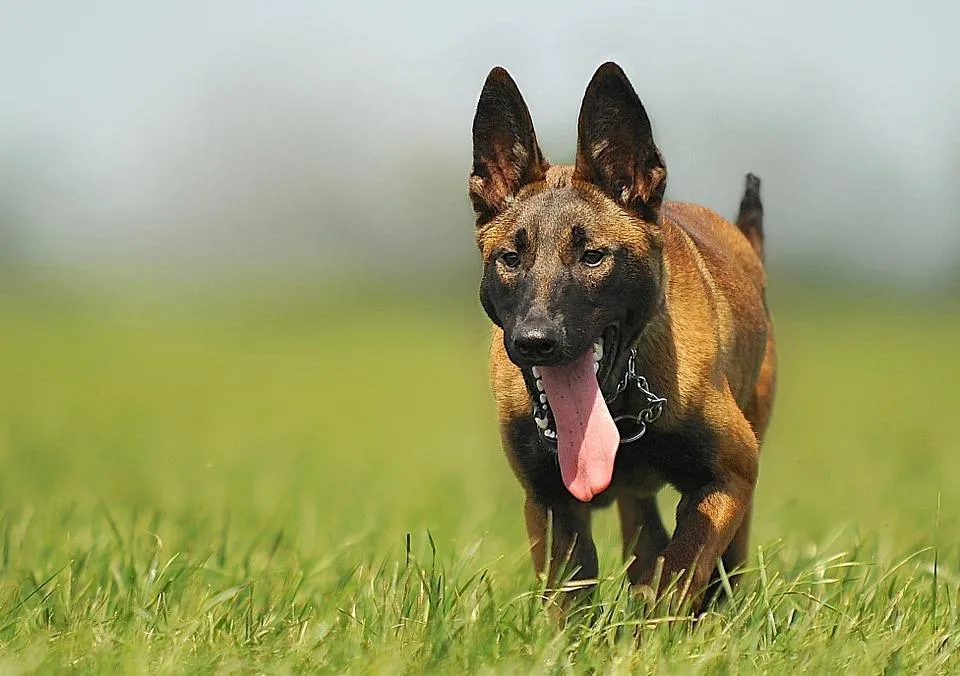
#15. Belgian shepherd (Malinois)
Attacks doing bodily harm (1982-2018): 29 (less than 1 per year)
Deaths (1982-2018): 1
The Belgian shepherd (Malinois) is often confused for the German shepherd because of their similar appearances and popularity as police dogs, but the two are different breeds. The Malinois is less popular in America, but it beats out the German shepherd in its reputation as one of the best police dogs in the world. The Secret Service uses the breed to patrol the White House, and Navy SEALs used them during the mission that killed Osama bin Laden in 2011.
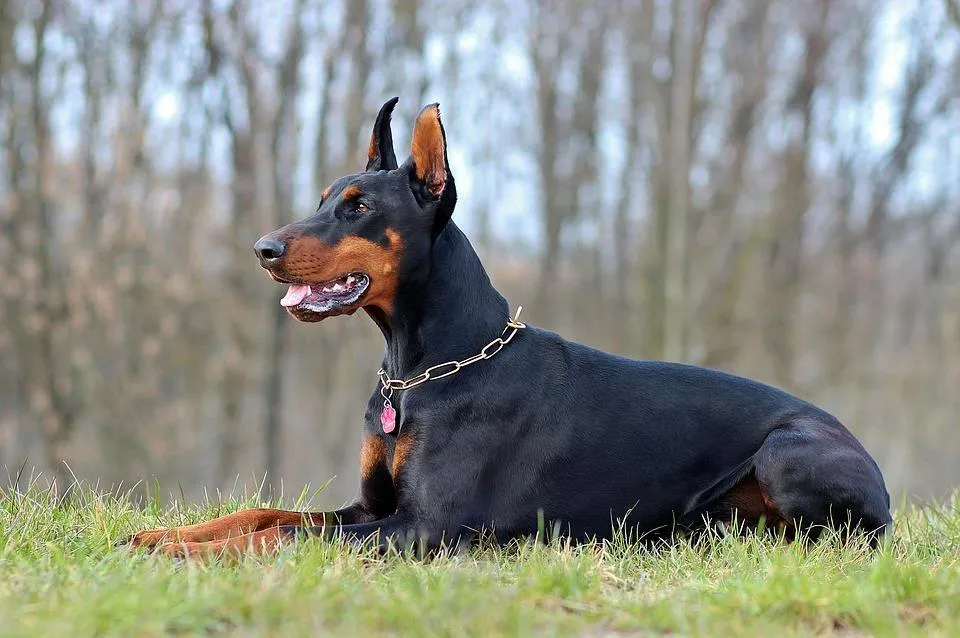
#14. Doberman
Attacks doing bodily harm (1982-2018): 37 (1.0 per year)
Deaths (1982-2018): 10
A German tax collector bred the Doberman in the late 1800s because he wanted a guard dog to protect him while he did his job. Today, Dobermans work in police and military units and guard homes around the world without any extra training. Guard training is actually discouraged, as it can make dogs overly aggressive.
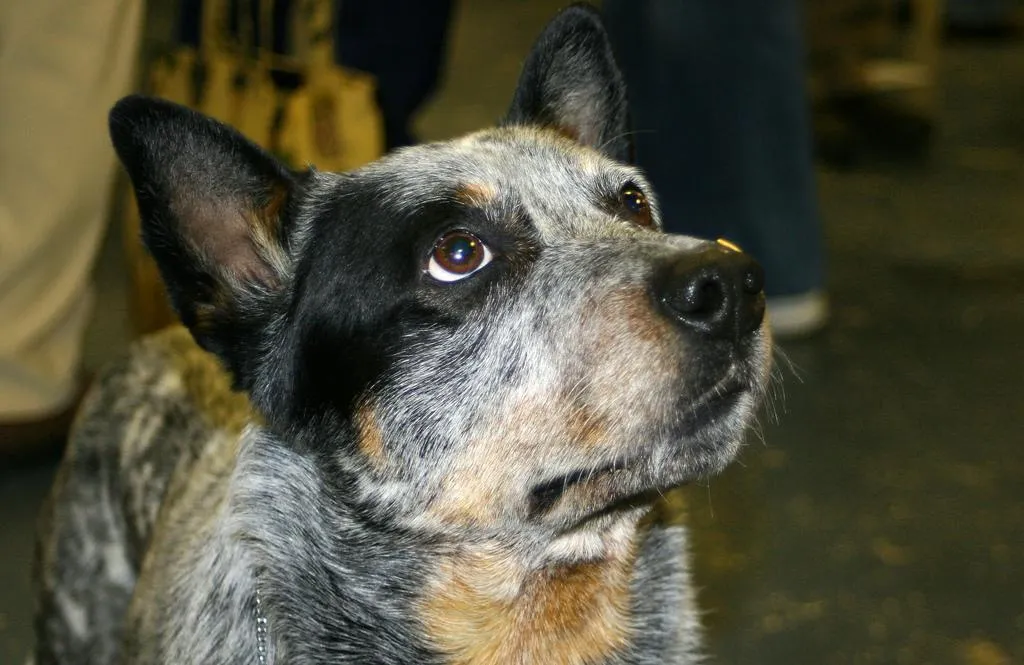
#13. Queensland heeler (cattle dog)
Attacks doing bodily harm (1982-2018): 41 (1.1 per year)
Deaths (1982-2018): 3
Early Queensland heelers were bred with Australia's wild dingos, in the goal of creating dogs able to handle the rough lifestyle needed to herd cattle. After decades of careful breeding, the modern Queensland heeler still resembles its dingo relatives and is just as intelligent. They're not meant to be cooped up inside, thriving with lots of physical activity and tasks.
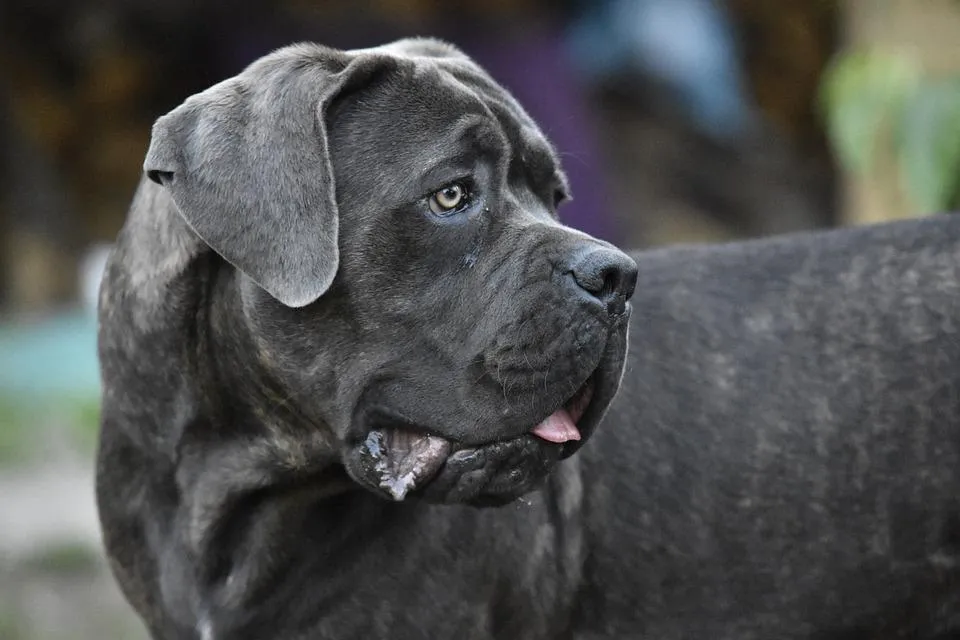
#12. Mastiff
Attacks doing bodily harm (1982-2018): 45 (1.3 per year)
Deaths (1982-2018): 6
Mastiffs were bred to in ancient Britain to fight alongside their owners at war; Julius Caesar was so impressed by their abilities during his invasion that he took some back to Rome to fight wild animals and gladiators in the ring. Despite their imposing physique, they're gentle giants who bond easily with their families. They can be wary of strangers, so it's best to expose them to a lot of experiences early to avoid unnecessary aggression.
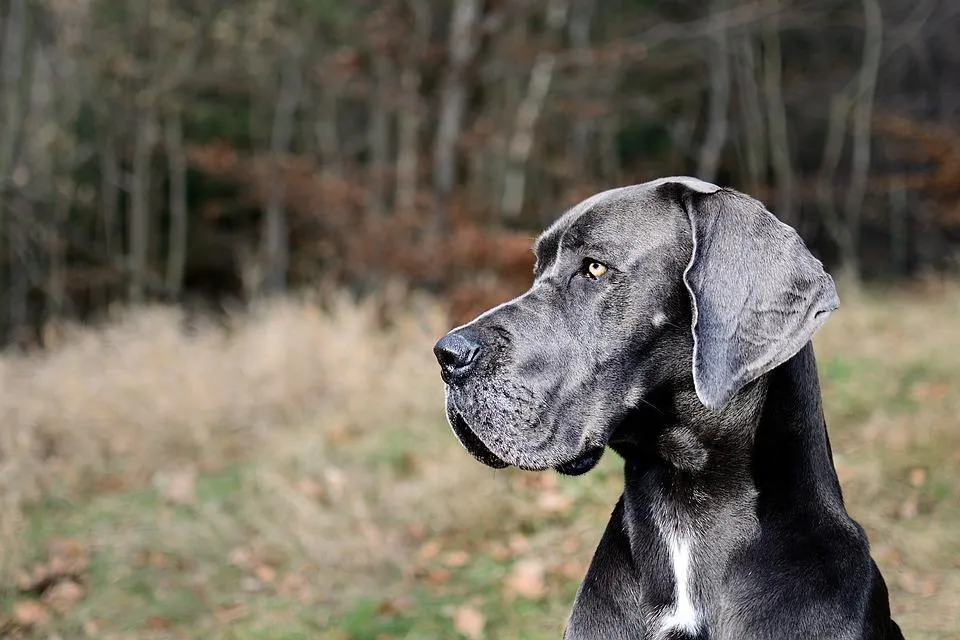
#11. Great Dane
Attacks doing bodily harm (1982-2018): 53 (1.5 per year)
Deaths (1982-2018): 3
Great Danes are sweet and patient, especially with children, and their desire to protect their loved ones have made their watchdog capabilities famous. The breed's massive size and spirited nature can cause the "Apollo of dogs" to cause destruction even when they don't intend to.

#10. Chow
Attacks doing bodily harm (1982-2018): 67 (1.9 per year)
Deaths (1982-2018): 8
Chows are unique among dog breeds because of their blue-black tongues, almost scowling expression, and an unusual degree of independence. They typically bond closely with only a few human companions and can be territorial and aggressive with everyone else, meaning they're not recommended for most families.

#9. Labrador
Attacks doing bodily harm (1982-2018): 78 (2.2 per year)
Deaths (1982-2018): 7
Labradors have been America's favorite purebred dog since the 1990s, helped by their easygoing, family-friendly attitude. They were bred to retrieve ducks while hunting and be a fisherman's mate, making them levelheaded, eager to please, and less likely to be territorial than other breeds. The ANIMALS 24-7 data on labradors includes one victim who was attacked by as many as 23 dogs owned by the same person, with each dog accounted for individually in the total number of attacks.

#8. Akita
Attacks doing bodily harm (1982-2018): 86 (2.4 per year)
Deaths (1982-2018): 9
Akitas are one of the largest dog breeds, with males weighing in at as much as 130 pounds, and they can sometimes use their bulk to act aggressively toward dogs they don't know. They are famous for their loyalty to their families, however; one Akita waited for his owner at a train station every day for nine years after his death, inspiring a 2009 movie. Helen Keller brought the first Akita to the United States after she was gifted one as a gesture of respect after a 1937 visit to Japan.
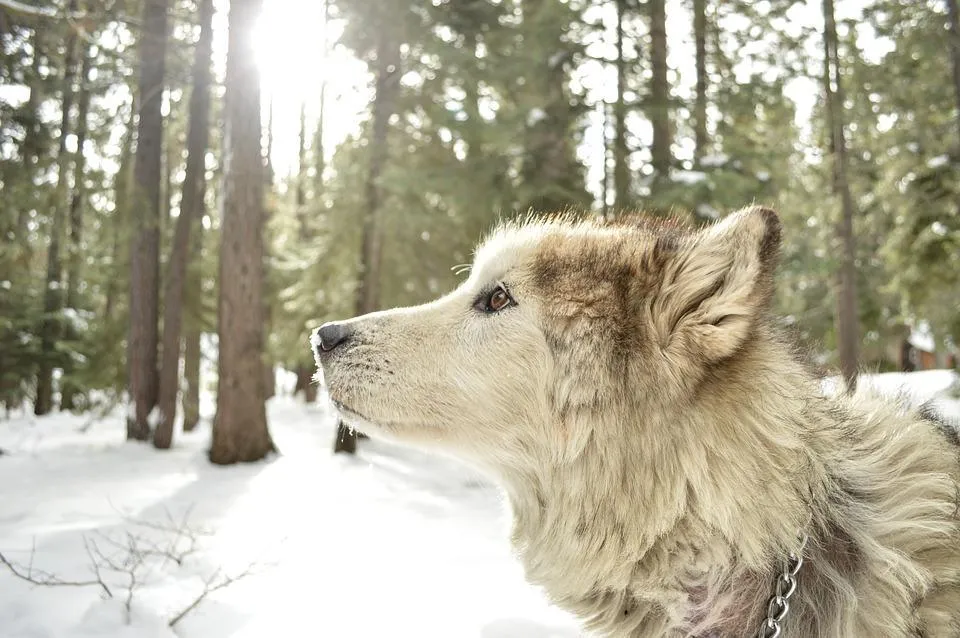
#7. Wolf hybrid
Attacks doing bodily harm (1982-2018): 98 (2.7 per year)
Deaths (1982-2018): 20
It can be difficult to tell how many wolf hybrids attack people in a certain year because of their shared features with huskies and malamutes, as well as the difficulty of determining if a dog has as much wolf ancestry as its owner claims. Actual wolf hybrids behave unpredictably once they reach adulthood, and though some people are successful at raising them, most owners are not equipped to meet their particular needs.

#6. Boxer
Attacks doing bodily harm (1982-2018): 110 (3.1 per year)
Deaths (1982-2018): 10
These popular dogs can trace their ancestors back to the Assyrians in 2500 B.C., where they were often used in war. Boxers themselves were originally bred as bull-baiting dogs or butchers' helpers. These dogs are powerful, energetic and independent thinkers, perfect companions for families with older children.
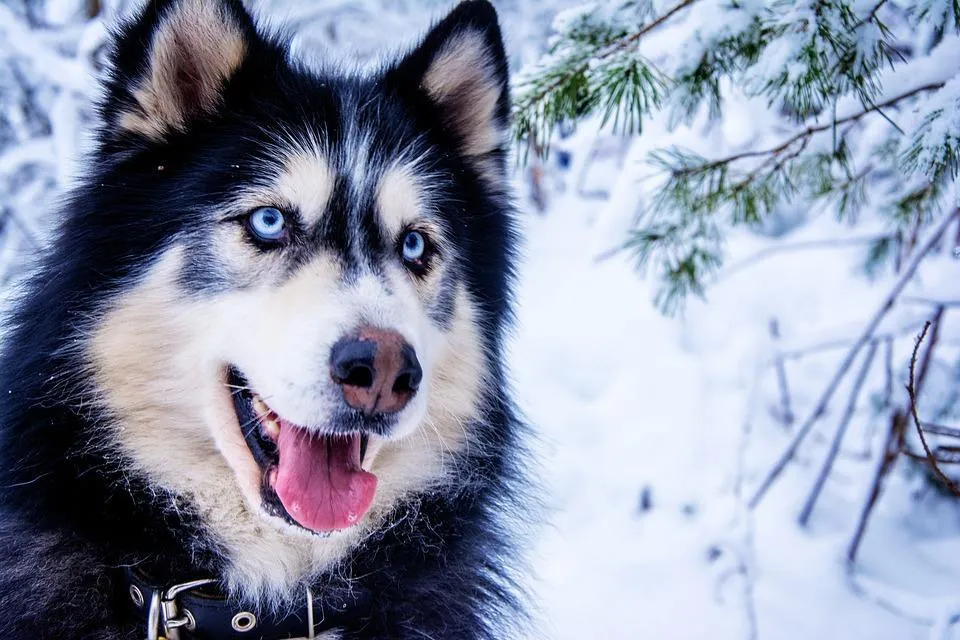
#5. Husky
Attacks doing bodily harm (1982-2018): 126 (3.5 per year)
Deaths (1982-2018): 28
Siberian Huskies are perhaps best known for their use as sled dogs, and most huskies are friendly with strange dogs and humans alike, thanks to a history of running with their pack. They have energy to spare, but their destructive tendencies are usually limited to chewing on furniture and digging holes in the backyard.

#4. Bull mastiff (Presa Canario)
Attacks doing bodily harm (1982-2018): 152 (4.2 per year)
Deaths (1982-2018): 20
Bull mastiffs are not the most active dogs, despite their large size, and can live everywhere from small apartments to suburban backyards without too much issue. They're mild-mannered once they grow up and are intensely loyal to their families as long as they're trained before they become too large to control.
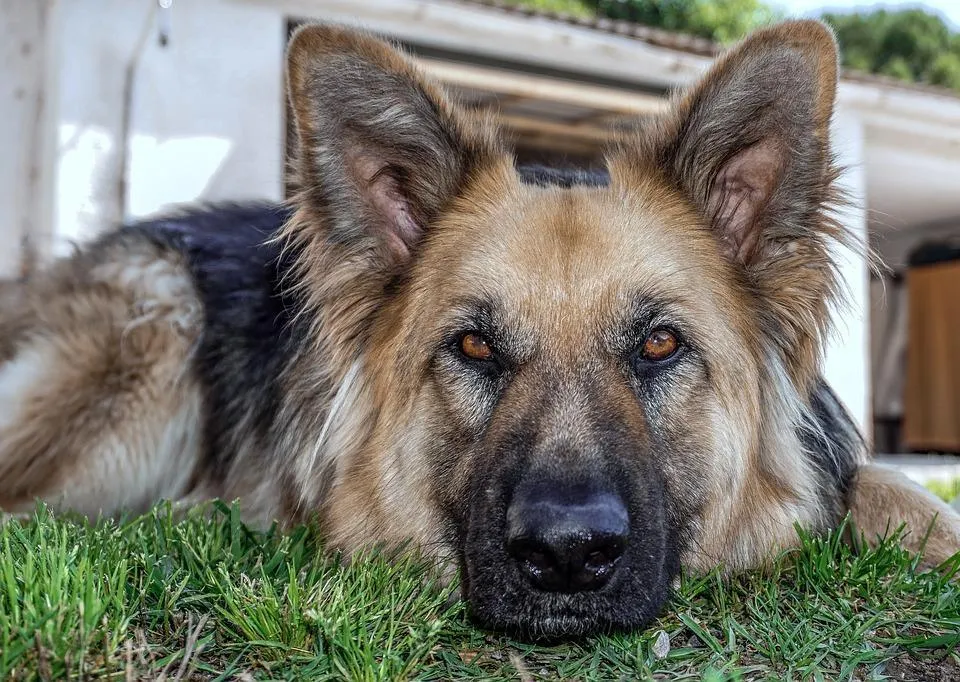
#3. German shepherd
Attacks doing bodily harm (1982-2018): 191 (5.3 per year)
Deaths (1982-2018): 21
The second most popular purebred dog, German shepherds went from working herders to popular family friends after making their Hollywood debut via Rin Tin Tin and Strongheart. Today, they're popular police and military dogs, and their bounds of energy can cause some high-strung or aggressive behaviors if they don't have something to do every day.

#2. Rottweiler
Attacks doing bodily harm (1982-2018): 615 (17.1 per year)
Deaths (1982-2018): 103
Rottweilers are part of the American Kennel Club's working group, and these intelligent, confident dogs have served as some of the first service dogs for the blind, police dogs, and search-and-rescue workers. Their territorial nature means they are well-suited as watchdogs, but they can also make for great family pets as long as they're supervised around small children, who could be knocked over or bumped by this massive dog.

#1. Pit bull
Attacks doing bodily harm (1982-2018): 5,994 (166.5 per year)
Deaths (1982-2018): 421
Pit bulls have a fearsome reputation, but they're not natural fighters like some people think. "Pit bull" refers to a variety of breeds, which inevitably means these dogs are regularly misidentified by shelters and news outlets. Statistics around their dangerousness are therefore almost impossible to compare with those for more universally defined breeds. Some pit bulls may be aggressive due to genetics and training, but these dogs are generally intelligent, gentle, and extremely loving dogs when owned by those who know how to handle their rambunctious nature.

























